Dr. Oz’s New Protein Diet: How Much Weight You Lose
It’s called The Power protein plan , and it’s the new protein diet created by the Dr. Oz show team of nutritionists .
The doctor and TV presenter in fact talked about how and how many proteins to eat in order to lose weight, with a diet low in foods that contain carbohydrates.
Dr. Oz’s new protein diet, however, is neither a high-protein diet nor, as we shall see, a totally carbohydrate-free diet. In this way it does not create nutritional problems.
But it’s a diet designed to help you lose more weight with some lean protein foods.
In fact, Dr. Oz showed the cases of three women who lost weight by increasing the consumption of proteins and decreasing the consumption of carbohydrates: even twenty or thirty kilos lost weight thanks to the new protein diet.
In fact, proteins are an essential factor for weight loss. Provided, of course, not to overdo it.
In fact, this diet exploits not only certain types of protein foods, but also their concentration at certain key moments of the day. This way you lose 3 to 3.5 kilos for the first two weeks, and six kilos per month in total.
Now let’s see what Dr. Oz’s new protein diet consists of, who it is suitable for and what are the possible contraindications. Obviously, before starting a new diet, you must first talk about it with your doctor.
Dr. Oz’s New Protein Diet: Rules
It is a meal plan in which all sources of sugar must be cut off. No to table sugar and sweets in all forms. No even to refined flours. You can only eat the carbohydrates on the menu.
Breakfast must be balanced and with a good amount of protein. With this trick we reduce the calorie content of lunch by 26%. How to supplement protein at breakfast? For example, making pancakes with soy flour and eggs, to which you can then add small pieces of fruit. Or, lean ricotta and low-fat yogurt with fruit, a soft-boiled egg, a slice of toasted wholemeal bread. We will see it in the menu.
The ideal would be to have at least 25/30 grams of protein at breakfast to promote weight loss throughout the day. For lunch and dinner we have white meats and fish with vegetables, to which we can add sprouts, chickpeas or beans, dried fruit and oil seeds + a portion of foods that contain reduced carbohydrates.
Snacks and snacks, on the other hand, are based on seasonal fruit, as long as they are not too sweet. Therefore bananas, persimmons, grapes are excluded.
The diet is designed for a sedentary woman. However, little physical activity is essential to boost metabolism and burn calories from carbohydrate-containing foods.
For example, in the morning you can do this one-minute mini-workout to boost your metabolism.
In the afternoon or late morning , Dr. Oz’s 7-minute workout. Alternatively this.
Dr. Oz’s New Protein Diet: Menu
Breakfast.
Coffee or tea plus soy milk or skim milk a glass.
Three small pancakes prepared with half a glass of pasteurized egg whites, a teaspoon of wholemeal flour and 25 grams of soy flour instead of regular one, with the addition of blueberries, stevia and cinnamon or just with stevia and cinnamon.
As an alternative to pancakes: 170 grams of skimmed Greek yogurt with a sliced apple wedge, a teaspoon of coconut flour, stevia or truvia or erythritol and a sprinkle of cinnamon.
For those who do not want to start cooking or preparing in the morning, but want to wake up with something ready and tasty, they can skip the glass of milk and opt for 170 grams of whitened skimmed Greek yogurt sweetened with zero calorie sweetener or 150 grams of cottage cheese + a natural protein bar like these from San Martino that are delicious and healthy: San Martino Biosun, Organic Cocoa and Hazelnut Protein Bars.
Snack and snack : 125 grams of unsweetened seasonal fruit + a cup of green tea. Lunch and dinner. In Dr. Oz’s new protein diet, lunch and dinner are very similar and are based on a combination of foods. We can make variations by choosing different vegetables or a different type of protein in the list to change every day.
- Vegetable dish (one of your choice or a mix, plus a teaspoon of abundant oil and spices to taste): spinach, chicory, cauliflower, broccoli, turnip greens, endive, all kinds of salads, fennel, aubergines, asparagus, artichokes , rocket, chard, pepper, mushrooms.
- Protein in addition (one of your choice).
150 grams of paddlefish, sea bass, sea bream, plaice, cod, natural tuna, fresh tuna, squid, octopus, halibut or 130 grams of veal, natural tofu, turkey or chicken breast, thinly sliced turkey or chicken or 250 grams of pasteurized egg whites. In maintenance you can vary the protein dish with 100 grams of lean ricotta or light spreadable dairy product or 60 grams of feta or two medium eggs. - Carbohydrates in addition: a rice or wholemeal spelled cake or 2 tablespoons of cooked brown rice or a tablespoon of canned legumes already boiled. We can also use konjac shirataki which are not worth carbohydrates, so let’s remember to add a spoonful of legumes.
- Oil seeds (including almonds, pistachios, hazelnuts, but also chia, flax or sunflower seeds) or dark chocolate at least 85%: 6 grams.
In maintenance we will double the amount of fruit or snack or snack (therefore in one of your choice) and the amount of carbohydrates for lunch and dinner for two weeks or 30 grams of wholemeal bread for two weeks.
Then after the two weeks of transition we can double the fruit also in the other snack and eat in one of the two lunch or dinner meals of your choice up to 50 grams (raw weight) of rice, cereals or wholemeal pasta, reducing to 100 grams proteins from fish, meat or tofu. If we miss a day, we go back to the weight loss regimen for the next day or two.








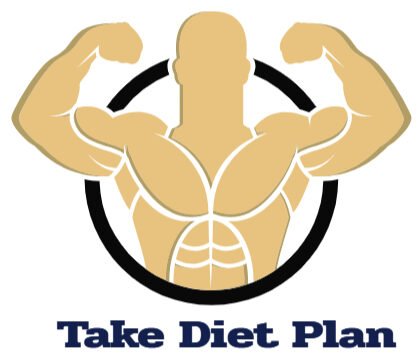




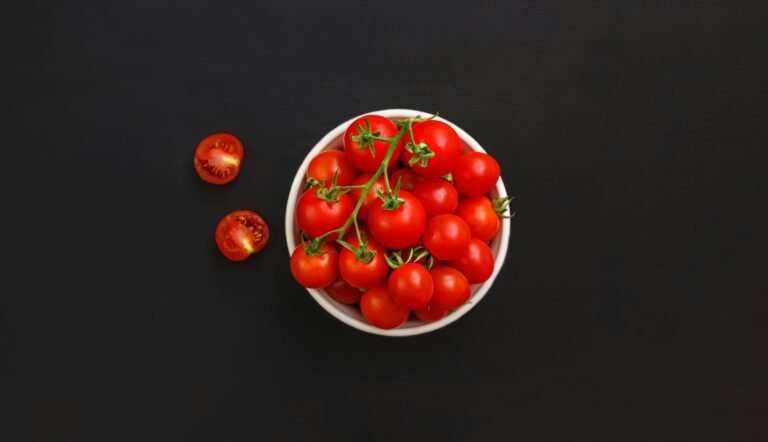
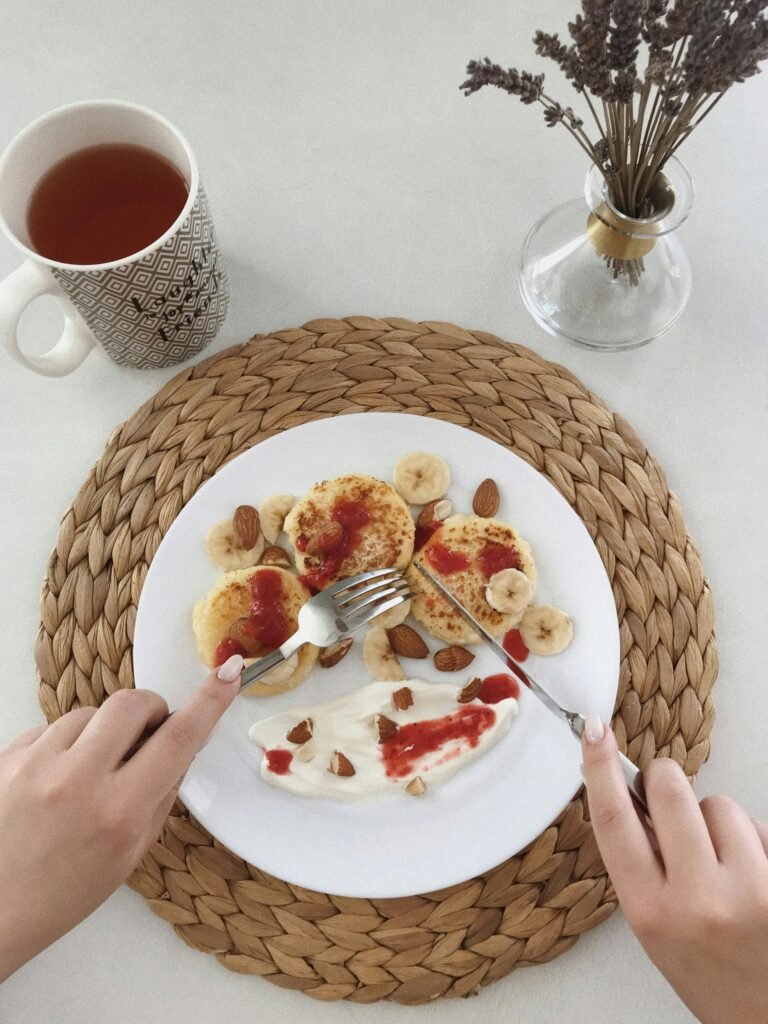
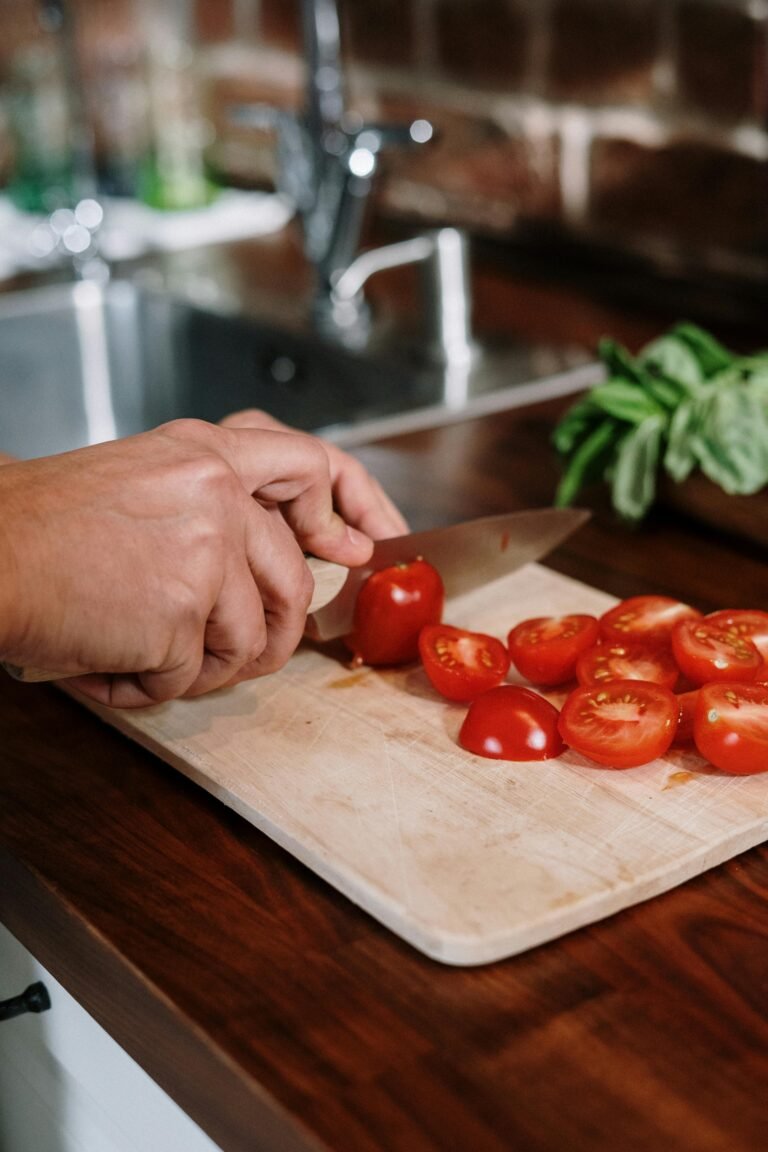

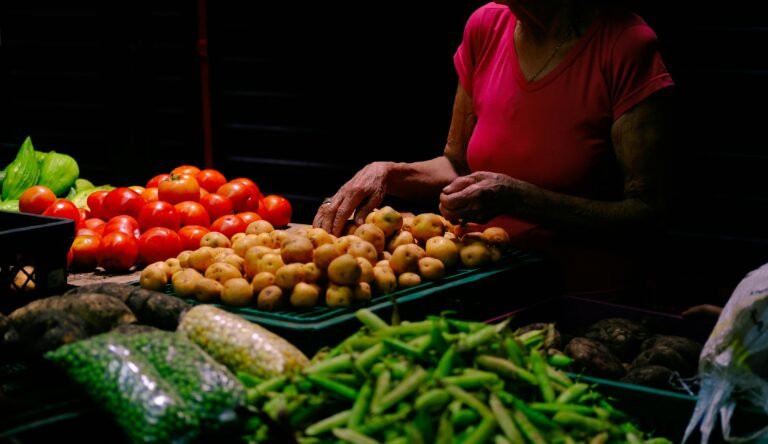





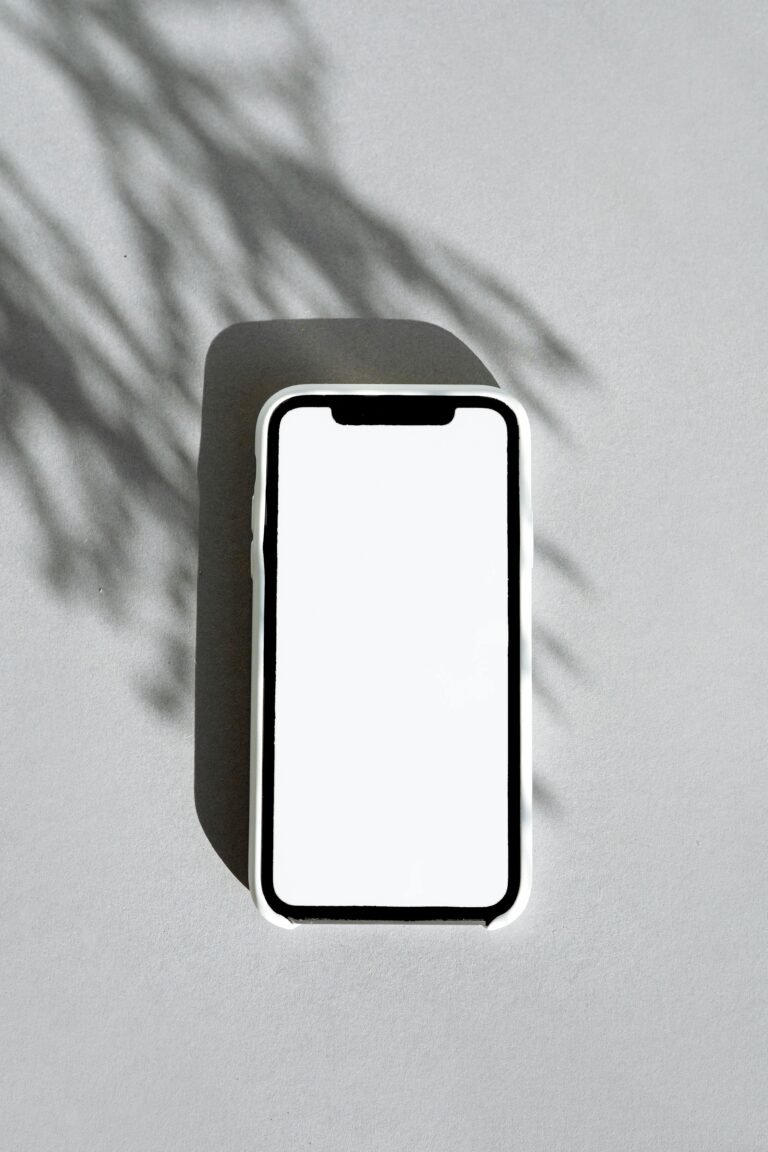





+ There are no comments
Add yours